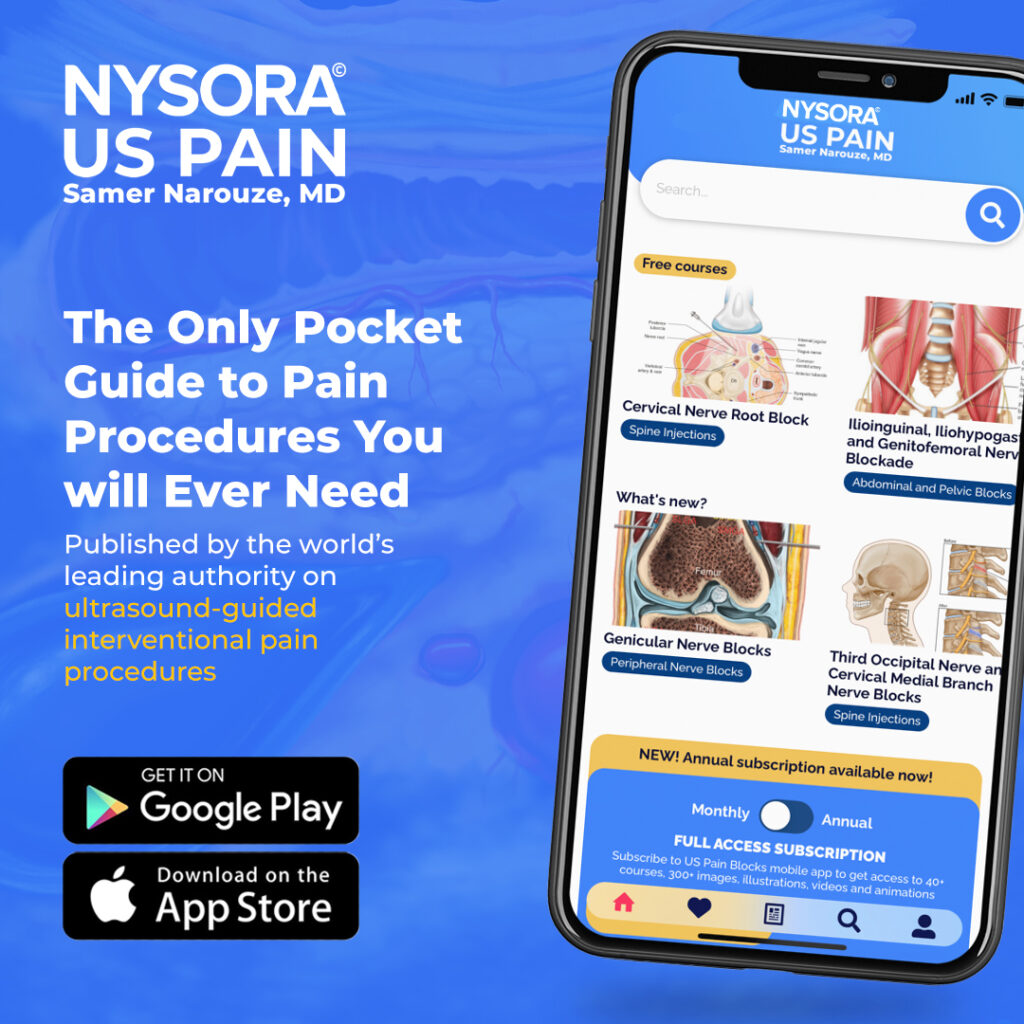
Case Study: Complex Regional Pain Syndrome
Case Presentation
A 56-year-old diabetic woman presents with a two-year history of increasing right shoulder pain, stiffness, night pain, and upper limb swelling, significantly impacting her ability to perform household tasks.
Diagnosis
Physical Exam Findings
- Painful shoulder abduction
- Painful external rotation
- Painful arc present
- Positive O’Brien’s Test
Clinical Observations
- Edematous right upper limb
- Shiny, pale, and cold skin, suggestive of complex regional pain syndrome (CRPS)
Laboratory and Imaging Studies
- Fasting Blood Sugar: 188 mg%
- Hemoglobin A1c: 9.0%
- Normal ESR and CRP
- Normal Nerve Conduction Study and Doppler
- X-ray: Rotator cuff arthropathy
- Ultrasound: Rotator cuff tendinopathy, supraspinatus tendinopathy

Short-axis view of the rotator cuff showing heterogenicity of the tendon with small intrasubstance tears.

Long axis view of the rotator cuff showing supraspinatus tendinopathy.
Final Diagnosis
- Adhesive Capsulitis (Frozen Shoulder)
- Rotator Cuff Tendinopathy
- Complex Regional Pain Syndrome (CRPS)
CRPS Diagnosis
Budapest Criteria
To diagnose CRPS, the patient must have at least one symptom in three of the following categories and one sign in two or more categories:
Symptoms:
- Sensory: Hyperesthesia, allodynia
- Vasomotor: Temperature asymmetry, skin color changes
- Sudomotor/Edema: Edema, sweating changes
- Motor/Trophic: Decreased range of motion, motor dysfunction, trophic changes
Signs:
- Sensory: Hyperalgesia, allodynia
- Vasomotor: Skin temperature asymmetry, skin color changes
- Sudomotor/Edema: Edema, sweating changes
- Motor/Trophic: Decreased range of motion, motor dysfunction, trophic changes
CRPS Overview
Complex Regional Pain Syndrome (CRPS) is a chronic pain condition affecting one limb, often after injury. Symptoms include severe pain, sensitivity to touch, temperature changes, skin color changes, and swelling. Early diagnosis and intervention are crucial. Treatment includes physical therapy, pain medications, nerve blocks, and psychological support.
Conclusion
Understanding and diagnosing CRPS early is vital for managing symptoms effectively. Proper clinical evaluation and diagnostic criteria, such as the Budapest Criteria, are essential for accurate diagnosis.
For more detailed information on CRPS and how Dr. Madhan Pandian treated this patient, download NYSORA’s US Pain app!




